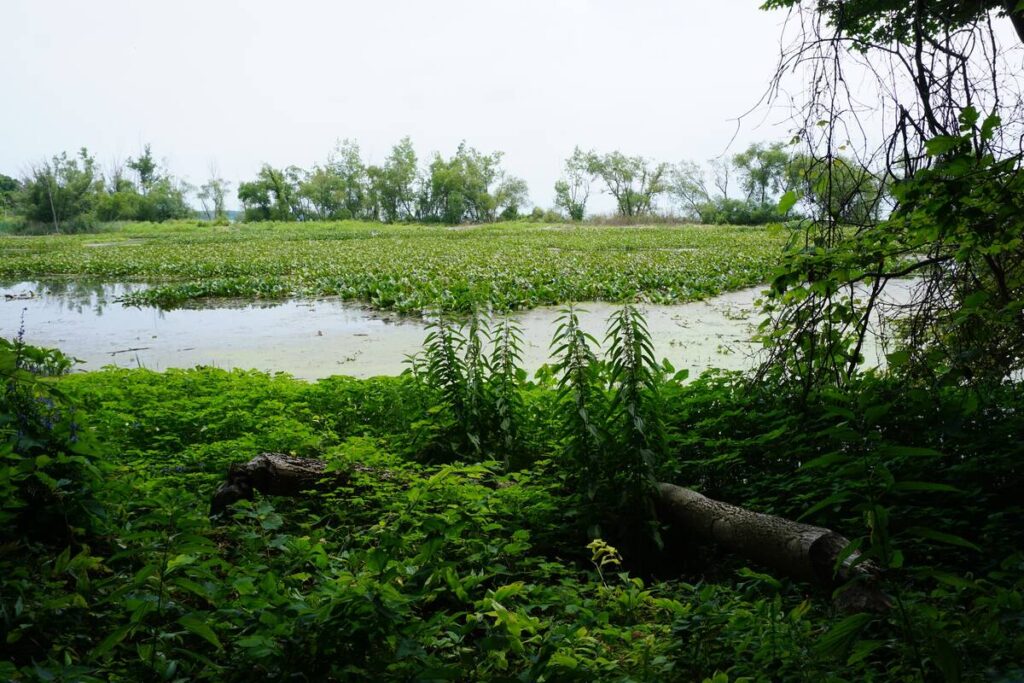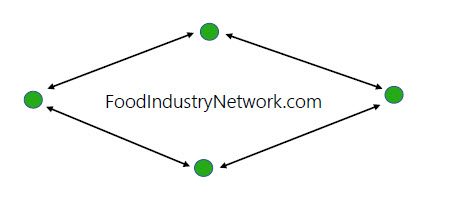Extension needed for better water management

Water management can play a role in farmland protection, but a chronic lack of extension support, narrowly focused programs and policies and other challenges continue to significantly hamper sustainabilty efforts across Ontario.
Why it matters: Many barriers exist for implementing on-farm environmental improvement projects.
Those were some of the key conclusions from a discussion of the role of water mangement in solving a variety of economic, social, and environmental problems facing both farmers and the wider public at the recent Ontario Farmland Trust annual forum.
Read Also


Canadian Dairy Xpo 2025 captures innovation in the dairy industry
More than 17,000 attended the annual Canadian Dairy Xpo trade show event in Stratford, Ontario in 2025.
Recognizing the “polycrisis”
For Jeremy Pittman, associate professor in the University of Waterloo’s School of Planning and the event’s morning speaker, part of the issue with many water management plans, programs, and policies stems from a lack of recognizing complexity. Farmers face a “polycrisis” – a series of related, often compounding economic, social, and environmental pressures – which can prevent on-farm investments in environmental improvement projects, he said.
Whether through wetlands, buffer strips, creative drainage systems or other means, Pittman says programs designed to improve water management and waterway health require cohesion across objectives. If an environmental gain is made at the expense of a farmer’s financial position, for example, few farmers barring occasional “early adopters” are likely to participate. Cohesion across levels of governance – municipal, provincial, federal, conservation authorities – is also needed.
Conservation authorities in Ontario, which coordinate across provincial and municipal governments, and the federal-provincial agricultural policy frameworks, such as the Sustainable Canadian Agricultural Partnership, are key examples of initiatives that help break down silos and promote coherence.
“How do we add the productivity piece to environmental programs?” asks Pittman, later saying projects focused on improving water use efficiency, such as those related to irrigation and restoring marginal, under-producing lands to natural habitats can be particularly effective in achieving environmental and economic objectives.
Trust lacking
The benefits of natural infrastructure to both land and water were discussed during a subsequent panel on collaborative water planning in agriculture. An overarching theme among the panelists was how wetlands, riparian areas, and other naturalized infrastructure are important methods of stabilizing soil, while acting as “kidneys” for waterways. Food security was also discussed, in that those developing natural infrastructure programs and projects need to consider whether that program or project could adversely affect the ability of farmers to produce food.
The benefits afforded by natural water management infrastructure to societal resilience in the face of drought and flood events was touched on as well, with one of the panelists – Jack Imhof, ecologist and watershed scientist with Freshwater Conservation Canada – saying everyone should pay attention when the Canadian Insurance Bureau stresses nature-based solutions, because “they’re doing it for a reason.” When later asked what underlying issue prevents nature-based solutions from being adopted by more farmers and landowners, Imhof identified a single word – “trust.”
“I don’t think there are enough venues to sit down and have a conversation,” he says.
The same sentiment was reflected by several event attendees. As one drainage contractor described, “I don’t disagree with anything said so far – we just can’t sell it.” The contractor later added program continuity – or the lack thereof – poses another perennial issue in making improved water management systems an attractive prospect.
Extension long neglected
Further discussions covered a range of additional opportunities in natural infrastructure, including the value of ecosystem services and alternate uses for areas not otherwise agriculturally profitable. The general lack of extension for ecosystem-supporting projects, however, was identified as a major hurdle.
Pittman, for example, identified extension as critical to making projects with mutual public-private benefit more widespread. Marin McRae, another panelists and professor of geography and environmental management at the University of Waterloo, identified the long neglect of resource investment as a major hurdle.
“We need to have the mechanisms to support cost-share or risk protection if we’re trying to get people to do things that would obviously improve conservation efforts,” she says. “We also need to reinvest in support, extension, and knowledge transfer. I think that’s been mentioned several times today about the lack of extension. It’s something that’s been decimated over many, many decades. We need trust and we need to be able to have these conversations.”
Several other attendees from agricultural and conservation backgrounds later said much the same, lamenting the long decline of – and subsequent need for – extension support.
Source: Farmtario.com


